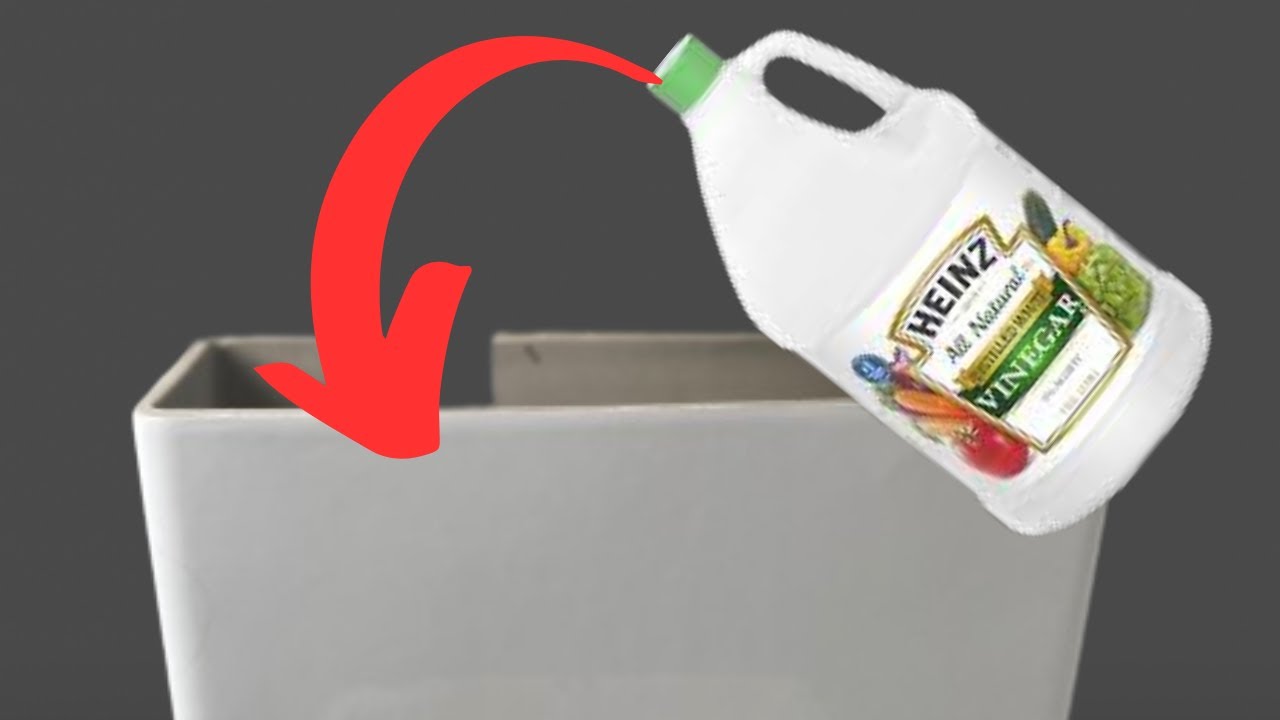
Using vinegar to clean a toilet is a popular eco-friendly method, known for its effectiveness and simplicity. Vinegar is a natural cleaning agent that offers a host of benefits for toilet maintenance. Here’s what actually happens when you pour vinegar into your toilet and how it works to clean and deodorize your bathroom.
The Science Behind Vinegar as a Cleaner:
Vinegar, particularly distilled white vinegar, contains acetic acid, usually about 5% concentration in household vinegar. This acid has disinfectant properties and can break down organic materials. When you pour vinegar into a toilet, several reactions occur:
- Dissolves Mineral Deposits:
- The acetic acid in vinegar reacts with calcium and magnesium deposits (limescale) that form from hard water. This reaction helps to dissolve the deposits, making it easier to scrub them away and leave behind a cleaner surface.
- Cleans and Disinfects:
- Vinegar acts as a natural disinfectant, killing some types of bacteria and viruses. While it is not as powerful as commercial bleach, it is a safer and more environmentally friendly option that is effective for regular maintenance and light cleaning.
- Eliminates Odors:
- Vinegar naturally neutralizes odors. Since it kills odor-causing bacteria and the acidic nature neutralizes alkaline scent molecules, it can effectively freshen up the toilet bowl.
How to Use Vinegar in Your Toilet:
To effectively use vinegar for cleaning your toilet, follow these steps:
1. Pour Vinegar into the Toilet Bowl:
- Pour about one cup of distilled white vinegar into the toilet bowl. Try to coat the sides of the bowl as you pour.
2. Let It Sit:
- Allow the vinegar to sit in the bowl for at least 30 minutes to several hours. Overnight soaking is ideal for tough stains and significant mineral buildup.
3. Scrub:
- After letting the vinegar sit, use a toilet brush to scrub the bowl thoroughly. The vinegar will have loosened and softened the grime and limescale, making it easier to scrub away.
4. Flush:
- Once you’ve scrubbed the toilet, flush it to rinse away the vinegar and any loosened deposits.
Additional Tips:
- For Stubborn Stains:
- For more stubborn stains or thicker mineral deposits, combine vinegar with baking soda. Add one cup of vinegar to the toilet bowl, followed by a sprinkle of baking soda. The mixture will fizz and effectively break down the residue.
- Regular Maintenance:
- Regularly applying vinegar to the toilet bowl can prevent the buildup of limescale and grime, making it easier to keep the toilet clean with minimal effort.
- Safety Note:
- Never mix vinegar with bleach or ammonia-based cleaners, as this can create toxic gases.
Vinegar is not only a cost-effective solution but also an environmentally friendly choice for maintaining a clean and fresh toilet. Its natural cleaning and deodorizing properties make it a handy staple in household cleaning supplies.




